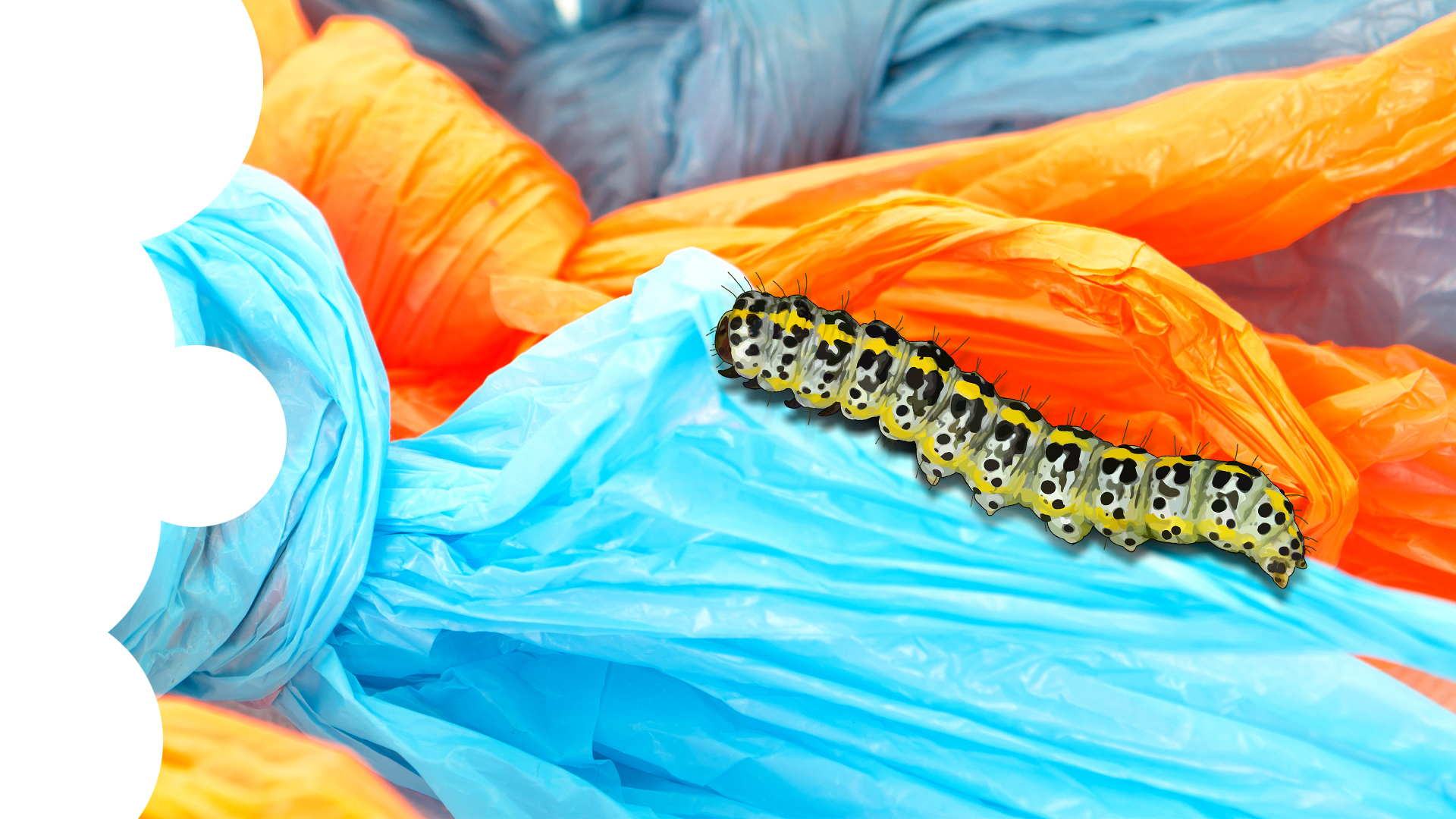Plastıc Eatıng Caterpıllar
Step into any kindergarten class allowed in America and you’ll surely find Eric Carle’s classic books, The Hungry Caterpillar, in a library. The popular book, first published in 1969, will come to you as a children’s story. What happens if we come across a real-world version of the Very Hungry Caterpillar? Every caterpillar can be claimed to be very hungry, and when they eat for life, they tend to metamorphosis. But there’s a caterpillar that looks more hungry than most.
According to an article by the BBC’s Helen Briggs, researchers at the University of Cambridge discovered that wax caterpillars, known to digest wax, could similarly break down chemical bonds in plastic.
The Cambridge research team discovered that this very hungry caterpillar could eat the polyethylene used to make grocery bags and food packs in an hour. It can sort out a disposable market bag in about an hour. However, assuming that such a plastic naturally takes a long time to dissolve, it turns out that the digestion of the caterpillar can dramatically accelerate this process.
One of the biochemists in the research team. Paolo Bombelli says; What details of this process should be fully understood. Scientists hope to find the way to use what they have learned and plan to apply it to many plastics thrown every day, thanks to wax worm caterpillars.
Around 80 million tons of polyethylene plastics are produced every year around the world. Considering how much of this plastic is accumulated in our waste bins, the appetite of these small larvae can make a huge difference. Jennifer Lavers, a research scientist at the University of Tasmania, was part of the team investigating this interesting phenomenon. She explained that Henderson Island sits at the foot of a South Pacific paradise, a vortex of powerful ocean currents. For this reason, a toy soldier lost in the ocean swims for years following the currents and eventually stops traveling on the white sandy beaches of the small island.
Lavers’s team estimates that about 13,000 wastes per day land ashore. How can hungry wax caterpillars at Cambridge University have an impact on millions of pieces of plastic found on Henderson Island? Or the plastic in our dumps? Bombelli and his research team want to find a way to accelerate the natural degradation of plastics. Maybe their very hungry caterpillars are the key to unlocking this process.



